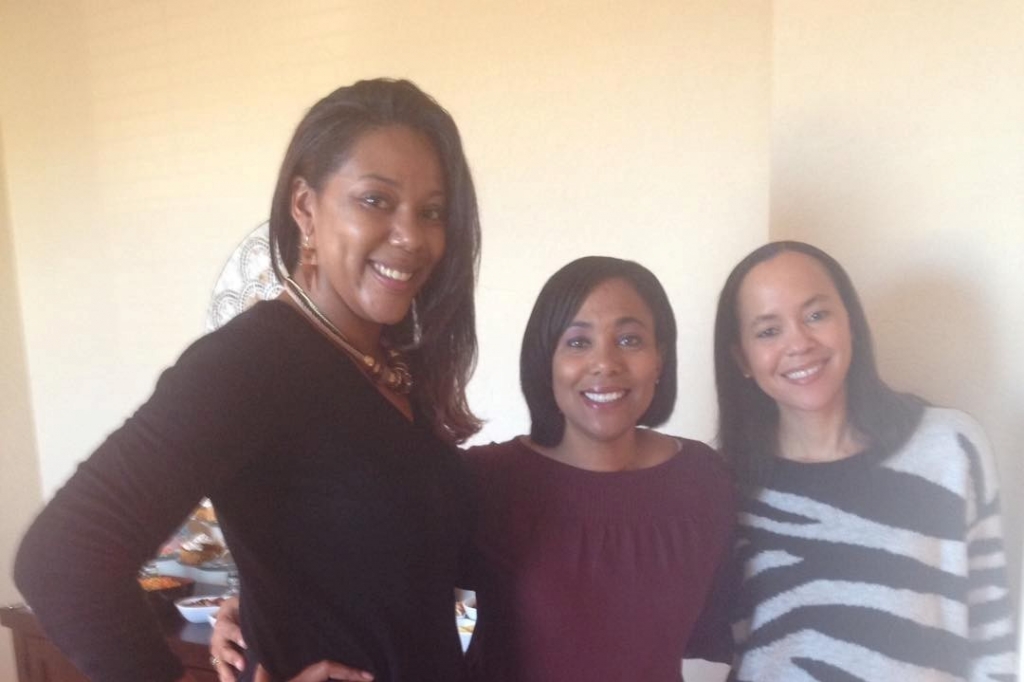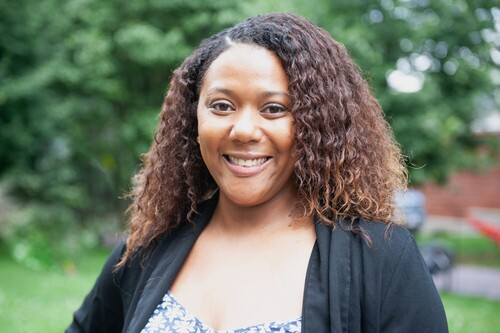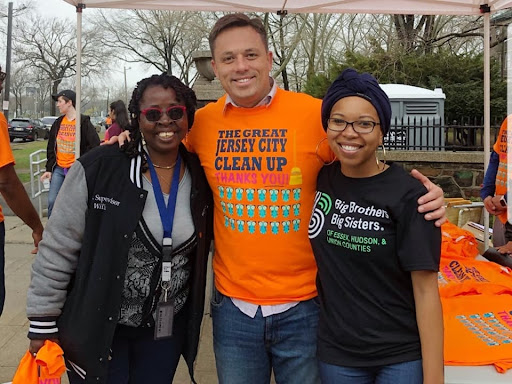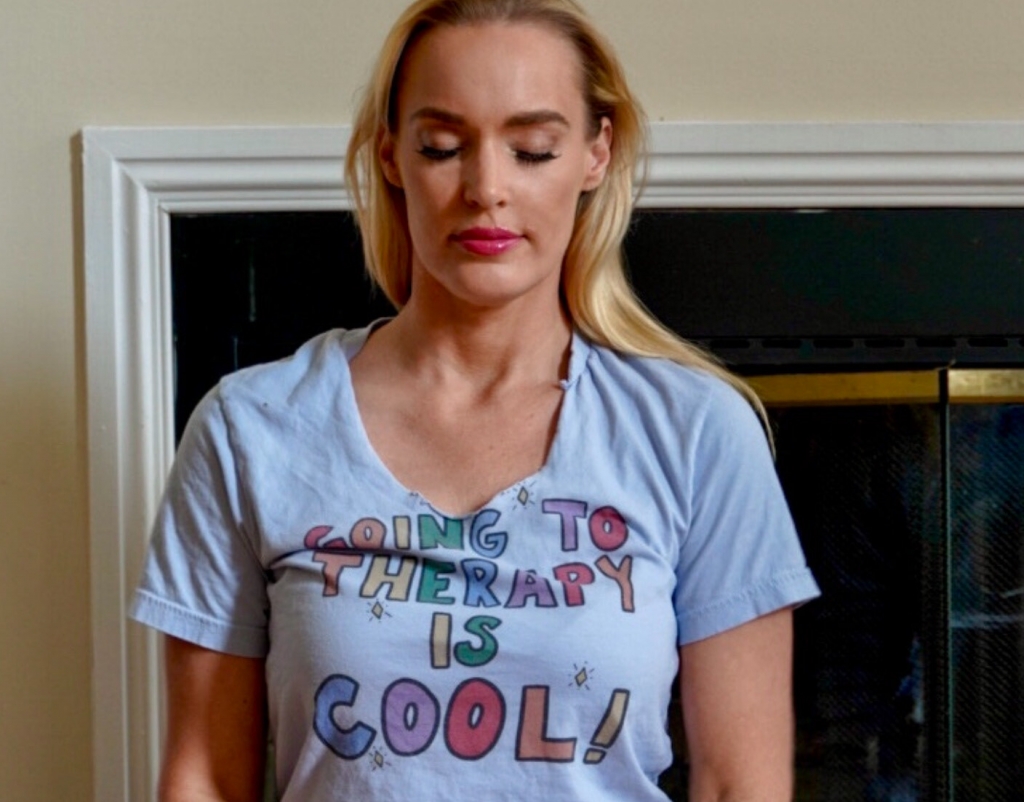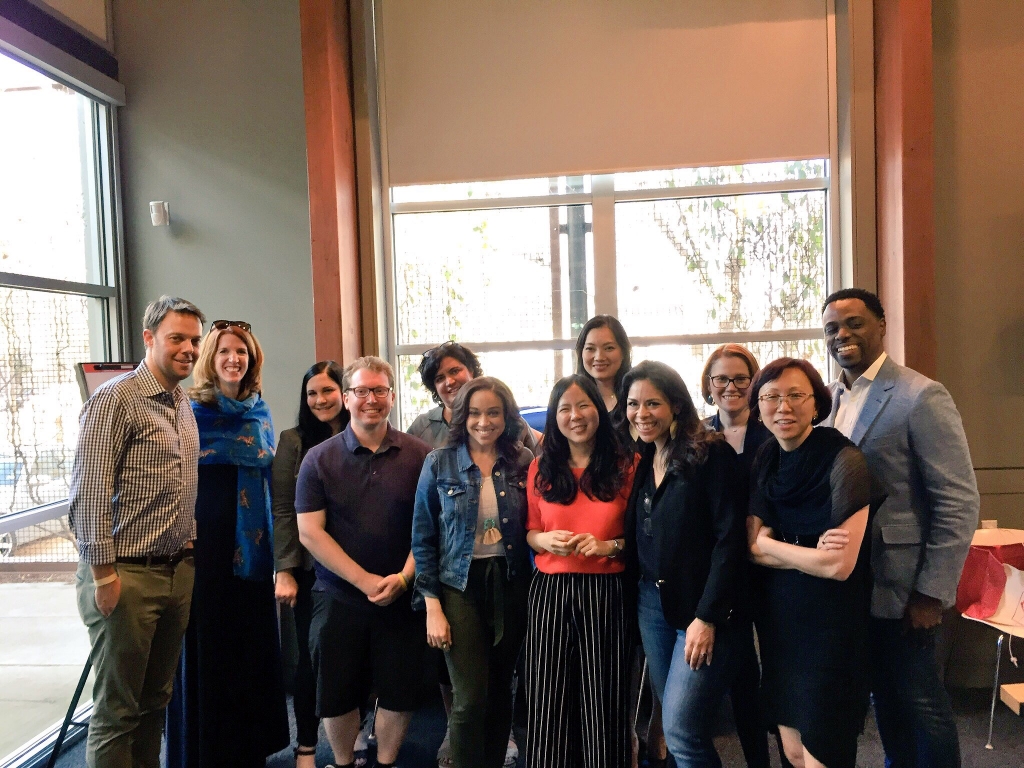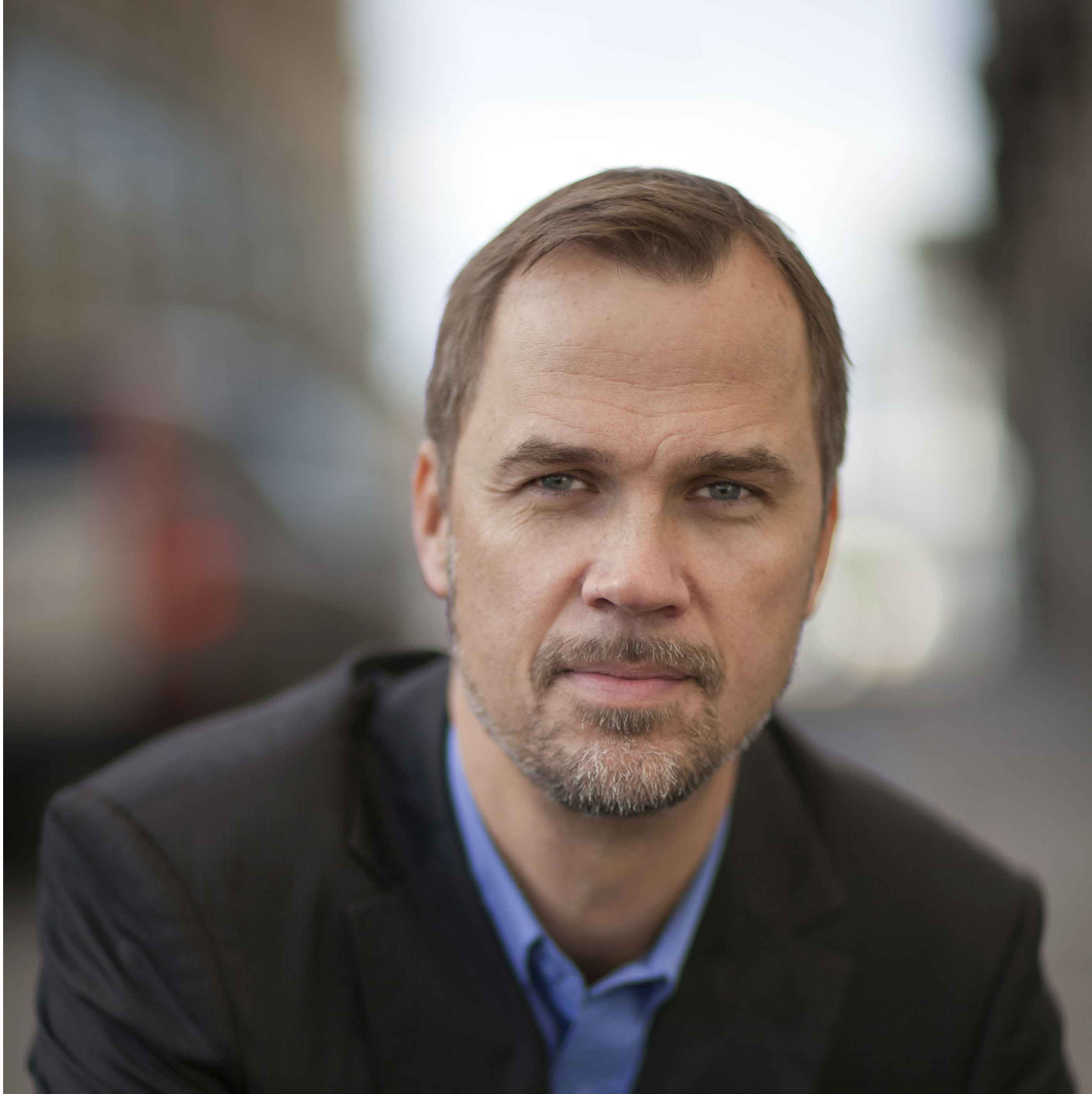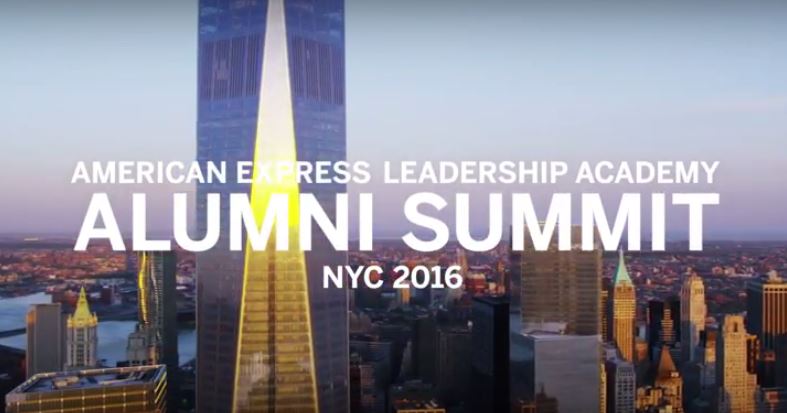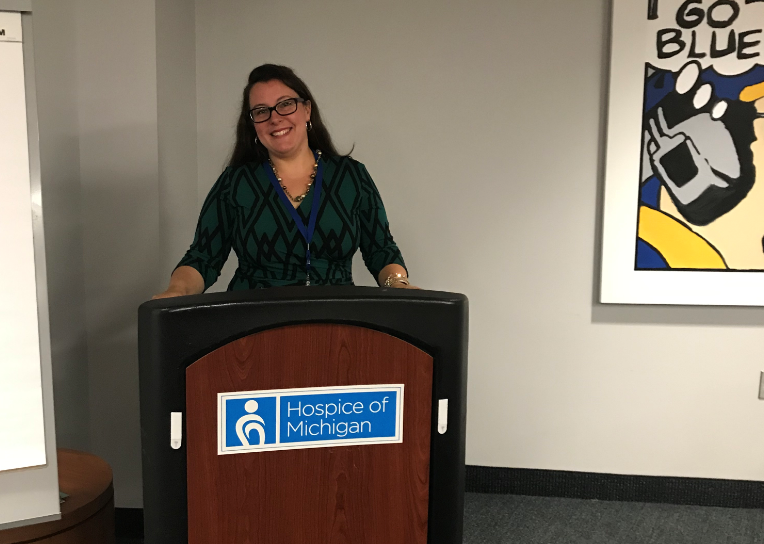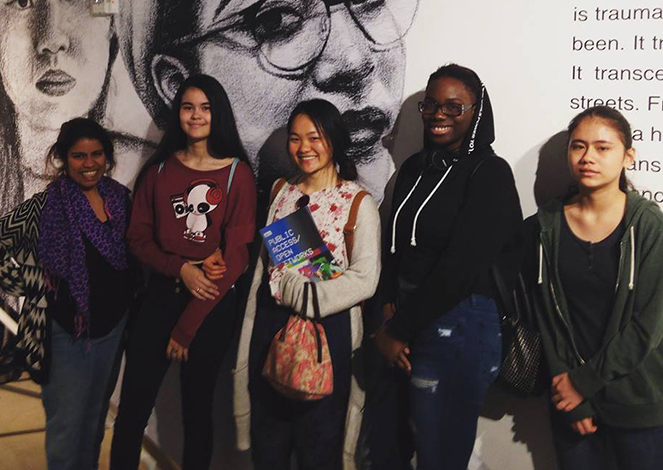
Marissa A. Gutiérrez-Vicario is the founding Executive Director of Art and Resistance Through Education (ARTE) in New York City. ARTE is a nonprofit that engages young people around human rights, using art, design and technology as the mobilizing vehicles to inspire them to organize for change and amplify their voices in their own communities. Prior to founding ARTE, Marissa worked on a variety of social justice projects around the world. We caught up with her in New York.
What first drew you to the social purpose sector?
As a Mexican-American growing up in Southern California, I was aware of the work being done by Human Rights Watch and Amnesty International and was inspired by their efforts to help people and address pressing human rights violations. Throughout my career, I’ve only done nonprofit work so I don’t know what it would be like to do anything else, but this has always felt like my natural course.
Art has always been an important piece of my life. When I was a kid, I loved our community theater and was able to see firsthand how its art benefitted our community. I had a family member who made piñatas, which I saw as a beautiful expression of cultural identity and continue to engage in even today, and all the murals in L.A. were a powerful inspiration to me. I guess that’s how I came to choose art as my vehicle for activism.
This is not easy work. What are some of the challenges you have faced as a leader?
One thing I constantly struggle with is how to get people excited about our work and how to tell our story in a way that’s authentic and real. I feel very uncomfortable being “boastful” about our work, but the world of funding is so competitive, it’s important to have a clear and captivating message.
While I continue to struggle with messaging, working everyday with people who are closest to the organization helps me better articulate our story. The benefits of art are so nebulous. We’re always thinking about new ways to measure impact and how we can incorporate technology into our evaluations.
What has been your biggest area of growth as a leader?
There are a lot of things I’m still working on! I’m learning to take more risks. Sometimes it’s better to not ask for permission; I’m learning to act first, ask later. As a leader, I’m also learning how to authentically tell the story of our organization, in a way that is not exploitative. For instance, I often find it challenging to find ways to showcase the work of our students, including those who are incarcerated, in a way that honors their work and shares their own personal stories with the outside world.
I’m also learning how to communicate more directly about what our organization needs. I want to draw people in and get them involved, but we don’t really need help painting murals, which is what everyone wants to do. We need help fundraising and I’m getting better about saying so.
What about a “failing forward” moment—can you share a failure that in retrospect led to growth or learning?
Because we’re often working in schools and prisons, I’ve learned to be extremely detail-oriented and pay attention to bureaucratic items, because one minor glitch could cause the whole project to fail. In the past, we lost entire days of painting because of one small misstep, like not having the right paperwork. Since you can’t always predict what hiccup might derail a project, I’ve also learned to always have a Plan B.
What impact or success are you most proud of?
I am so proud of giving young people a voice. So many young people are reluctant to get involved because they don’t think they’re artistic – then they blow us away with their creativity and understanding of the social justice issues we’re working on. I’m very proud (and sad) to fill the gap that currently exists in art education and education on human rights issues.
I look forward to the day where our young people are free. Until then, we will continue to support young people who are incarcerated by educating them about their rights and fostering their skills for thinking critically about their situation. We help them to express more fully what they are experiencing and to build community wherever they are. We are building student leaders who are able to run their own projects.
Working with students who are incarcerated is challenging, given the limitations on supplies that can be used, but we’ve managed to create powerful art on important social issues, including women’s rights. In fact, the project we just completed – designed by women who are incarcerated at New York’s Rikers Island – is a mural of five female global heroes, including Michelle Obama and Leymah Roberta Gbowee.
We’re going to produce it somewhere in the city so that families and friends can see the work. We’re currently fundraising and identifying the best location.
How did the American Express Leadership Academy influence your approach?
I admit I was initially skeptical about the Leadership Academy; I wasn't sure exactly what it would entail. I guess I’m skeptical of how we normally look at leadership: We often value those who are loudest as leaders, but I have found brilliant leaders in the quietest of students.
Leadership comes in many forms that we don't normally talk about. When I was studying to be an EMT, for example, I saw a lot of people who were unconventional leaders – like those who determine if an area is safe and secure and make decisions about how to treat someone.
Professional development is most effective when it’s individualized, and nonprofits often lack the resources for that type of training. That’s not true with the Academy. I love how AmEx convenes such incredible people doing similar work and going through similar challenges.
I've also loved being able to connect with people in New York because even though we are in the same city, it's hard to meet up! I loved the peer-to-peer interactions at the Leadership Academy; it was an excellent forum for us to share our knowledge with each other. It was so empowering to realize that I could be helpful to another nonprofit leader. We often don’t think we know as much as we do.
Although I have been involved in leadership since I was young and have been to several leadership conferences, I don't think it was until ARTE that I felt like I was a leader and people depend on me to make decisions.
What’s your greatest piece of leadership advice for your social sector peers across the world?
More often than not, I think the problems that nonprofit leaders are working through are not unique to them. Talk to other leaders to figure out how to best amplify the knowledge and systems already in place.
What is something that people don’t know about you from reading your resume?
When I was younger I never thought I would travel and now I’ve been to over 40 countries. The lessons I’ve learned and the people I’ve met while travelling have really informed my worldview.
Also: I’m fascinated with emergency response and what it means to save a life.
Most people probably don’t know that I tried to be and EMT but failed. It’s the only school I’ve ever failed at. [Editor’s note: Marissa has degrees from Harvard, NYU and the University of Southern California.] I wish we all knew how to protect and take care of people on the street.
Three words: Without overthinking, if you had to name three specific abilities, skills or mindsets that you think every 21st century nonprofit leader needs, what would they be
Confidence. Intuition. Empathy


